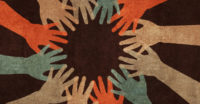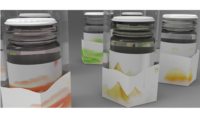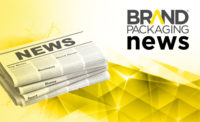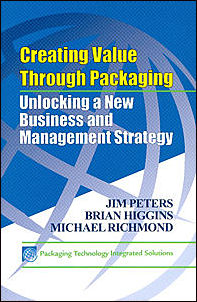RFID Meets Point of Purchase
![]()
RFID Meets Point of Purchase
For a consumer goods company launching a promotion that includes a point-of-purchase (P-O-P) display, the results of the effort are only as good as the retailer’s execution.
According to industry estimates, brand owners spend $15 to $17 billion per year on in-store advertising in the United States. But they don’t always get the most for their money. Too often, the display languishes in the stock room.
The entrance of RFID into P-O-P advertising is changing that. By placing an RFID tag in every display, manufacturers can track which stores have set up the displays. RFID readers in the store relay data on the display’s location to a database accessible by the manufacturer and retailer.
By comparing real-time sales data against information on whether the display was set up and its location in the store, the brand owner can determine how well the promotion is working.
By placing an RFID tag in a P-O-P display, manufacturers can track which stores have set up the displays.
Home, smart Home
Within the next decade, RFID-tagged packages and products could be helping consumers with daily tasks that range from cooking to picking an outfit to wear to school. The Microsoft Home showcases these futuristic applications.
The kitchen at Microsoft’s concept facility provides several intriguing examples of how tagged packages could provide extra value for consumers.
“In the future, RFID readers may be able to help you determine what items you have in your pantry or refrigerator, and what items you need to complete a recipe. Or they could be used to set the cooking time on your microwave or cooking temperature in your oven,” says Pam Heath, Lead Program Manager-Consumer Prototyping and Strategy, Microsoft Corp.
She adds, “When you take out the last can of soup from the cupboard, it could automatically add that item to your shopping list. Your pantry or refrigerator might also tell you when items have hit their expiration date” and flag packaged foods containing ingredients that trigger allergies.
In the teen bedroom of the Microsoft Home, smart-closet technology helps the teen get dressed. When the teen holds an item of clothing up to the mirror, the mirror recognizes the item via RFID tags and suggests four different outfits. The mirror also lets the teen know which clothes are in the wash, and which ones meet school and parental dress codes.
Looking for a reprint of this article?
From high-res PDFs to custom plaques, order your copy today!








